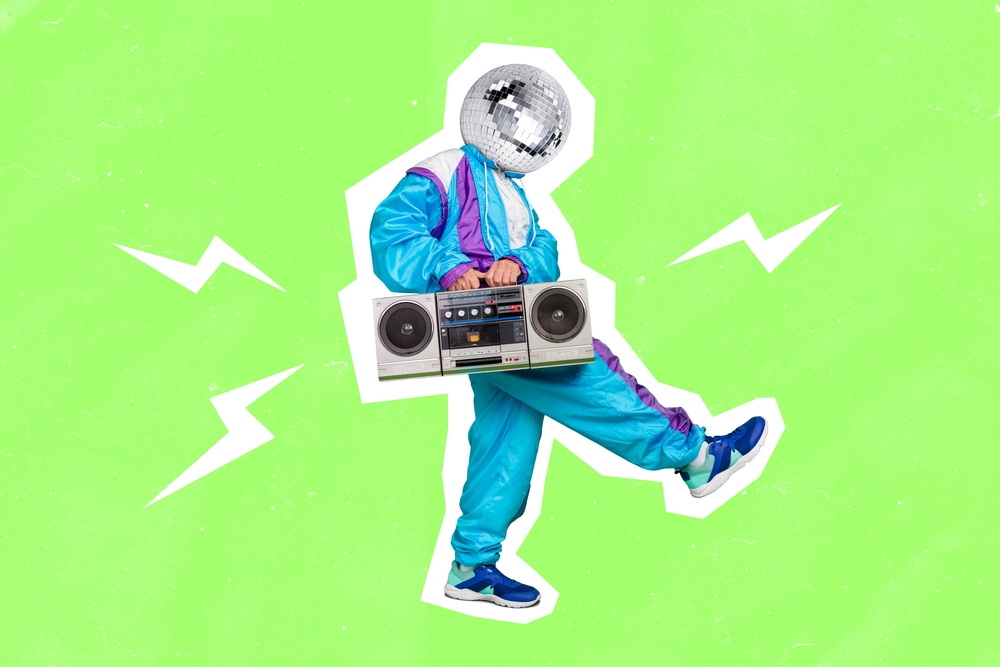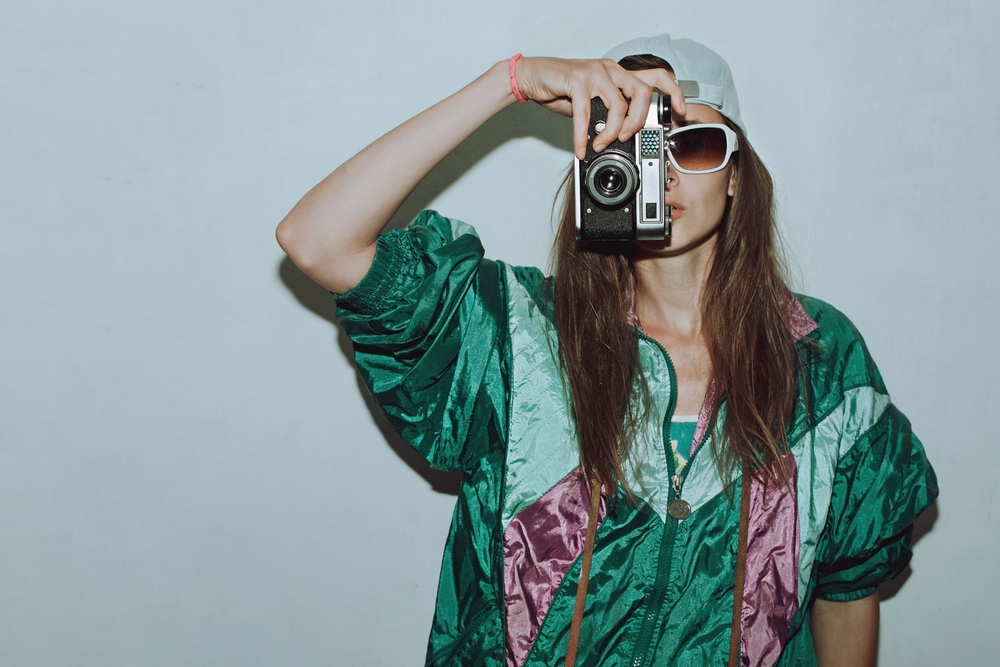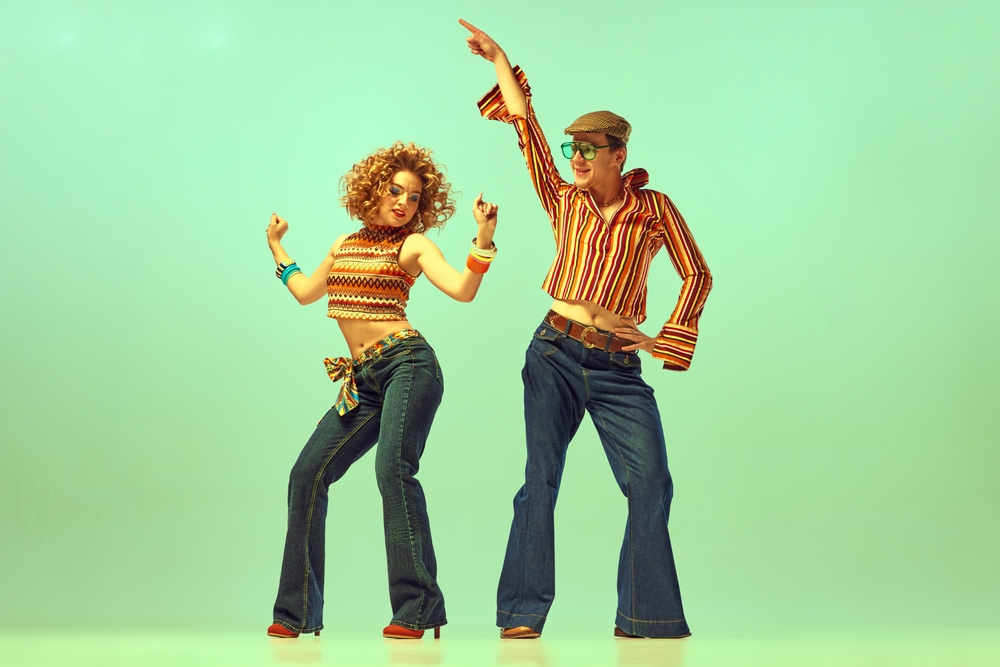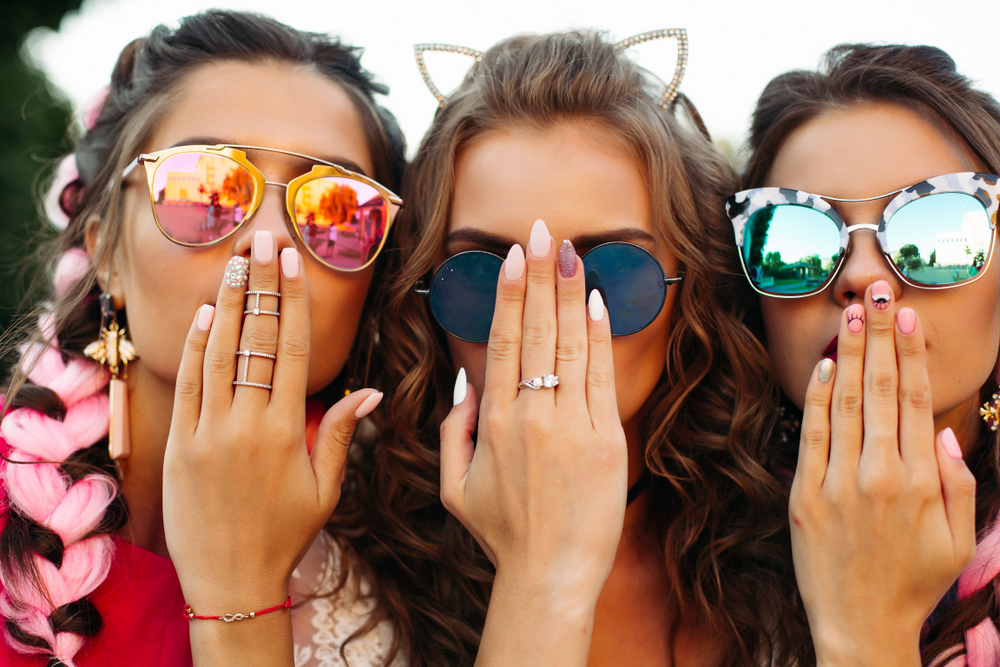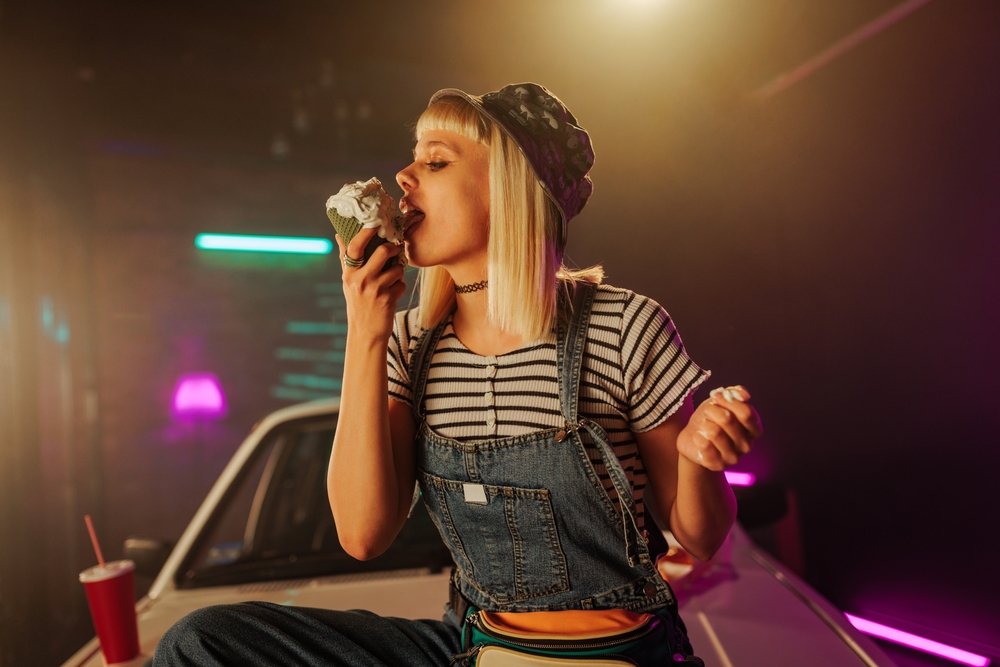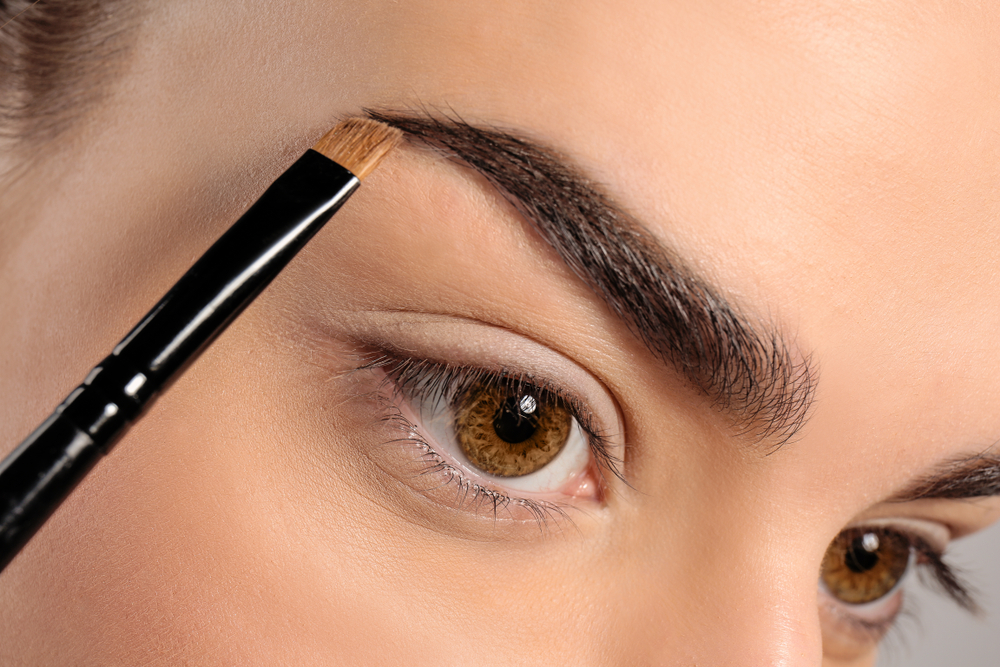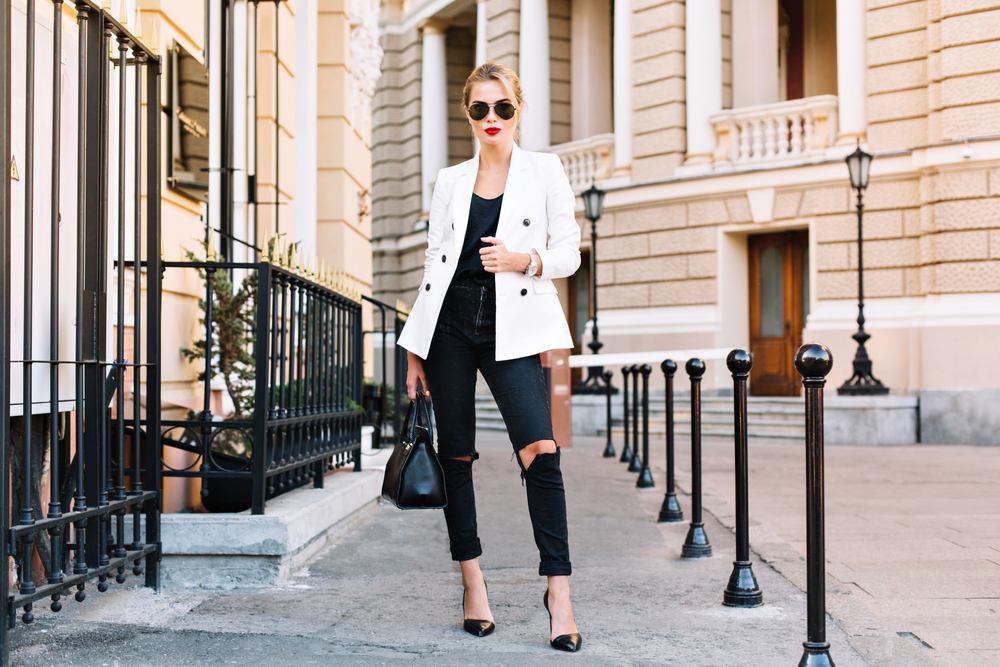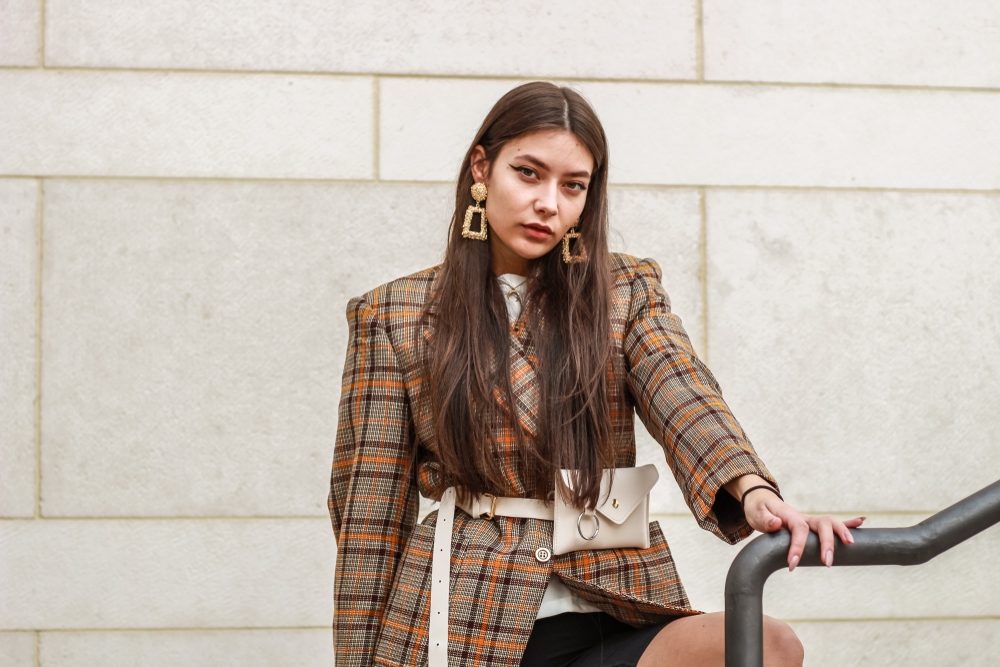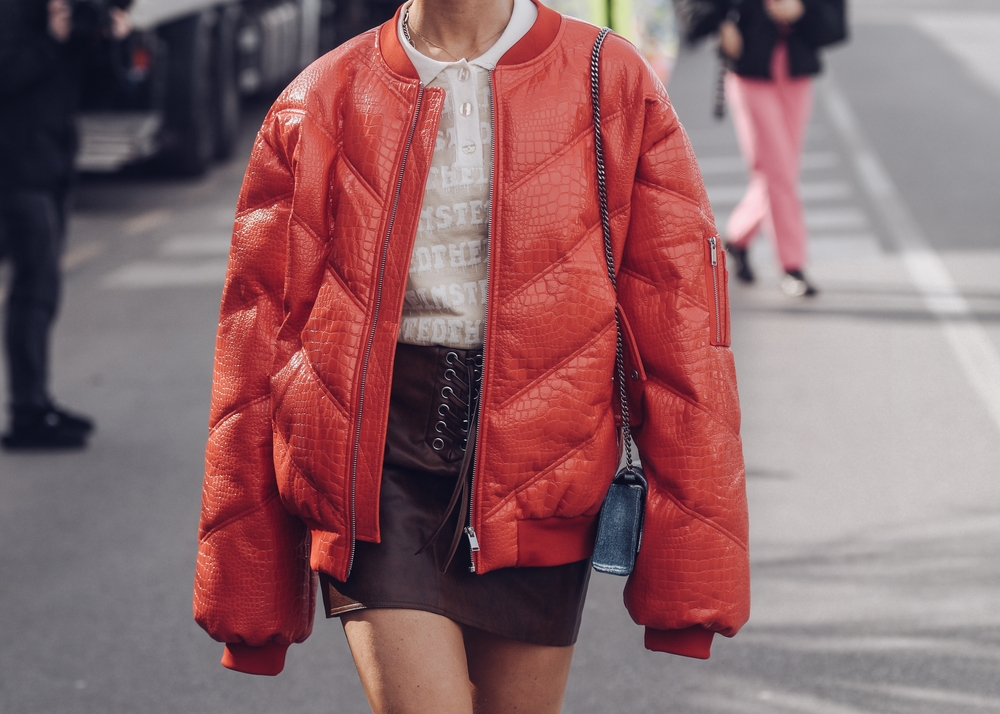The rise of celebrity beauty brands has been a major factor in the industry’s extraordinary shift in recent years. Celebrities, who have long dominated the entertainment industry, are now significantly increasing their presence in the beauty and cosmetics sector. Consumers throughout the world have become interested in these celebrity-driven products, which range from Rihanna’s Fenty Beauty to Kylie Jenner’s Kylie Cosmetics. The phenomena of celebrity beauty lines is examined in this article along with its effects on the beauty market, consumer trends, and the idea of inclusion.
The Rise of Celebrity Beauty Lines
There are a number of reasons why celebrity beauty brands are becoming more popular. Celebrities frequently have a sizable following, inherent brand awareness, and a close relationship with their followers on social media. Celebrities may easily generate talk about their beauty products using these resources, which can increase initial interest and sales. Numerous celebrities are also well-known for their distinctive appearances and flawless grooming, which makes them suitable candidates for careers in the beauty industry.

Impact on the Beauty Industry
- Celebrity beauty brands have changed the conventional dynamics of the beauty market. Their entry has put pressure on established brands to evolve and meet changing consumer preferences. As a result, there has been an increase in inventiveness and the creation of fresh, cutting-edge items.
- Diversity & Inclusivity: Celebrity beauty lines’ emphasis on diversity and inclusivity is one of their most noteworthy effects. Many firms, like Fenty Beauty, have launched with a wide variety of hues to accommodate the varied skin tones that conventional beauty brands frequently overlooked. This change has expanded the market and brought attention to the value of representation.
- Celebrity beauty lines are excellent at engaging with customers. These celebrities actively solicit fan comments on social media, share cosmetic tutorials, and give behind-the-scenes peeks into the creation of their products. Consumer loyalty and a sense of community are fostered by this level of interaction.
Impact on Consumer Behavior
- Celebrity Endorsement: Celebrity beauty brands profit on the fans’ respect and admiration for their preferred stars. Even if a consumer had no prior interest in cosmetics, they are more likely to try a product if it is supported by a celebrity they respect.
- Brand Loyalty: The close relationship that celebrities develop with their fans frequently results in brand loyalty. Customers have a sense of loyalty towards the celebrity and their goods, which may encourage them to make additional purchases and develop a long-term relationship with the company.
- Influence of social media: Celebrity beauty brands owe a lot of their success to social media websites. Celebrities may engage their audience directly, build excitement around the release of new products, and give genuine customer testimonials. This fosters a degree of trust that conventional advertising can find challenging to accomplish.
Challenges and Future Outlook
- Celebrity beauty lines have improved the industry, but they also confront difficulties. It’s critical to maintain product quality and innovation over time to avoid coming off as just another celebrity cash grab. Additionally, the saturation of the market may potentially lessen the influence of new celebrity beauty brands.
- Celebrity beauty lines are likely to keep developing in the future, perhaps branching out into skincare, sustainable goods, and even more varied selections. The effect of these companies may also go beyond the beauty sector if celebrities use their power to influence broader cultural trends.
Celebrity beauty lines have had a significant impact on the beauty market. These lines have altered consumer behavior, altered perceptions of what constitutes beauty, and fostered inclusivity and creativity. Although there are still difficulties, the trend is expected to continue, with celebrities using their influence to both gain market share and spur reform. The convergence of celebrity influence and the beauty business seems set for a dynamic and transformational future as customers seek authenticity and connection with brands.






